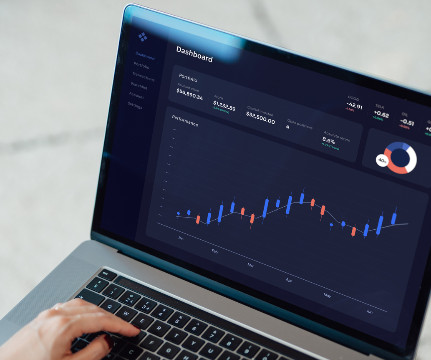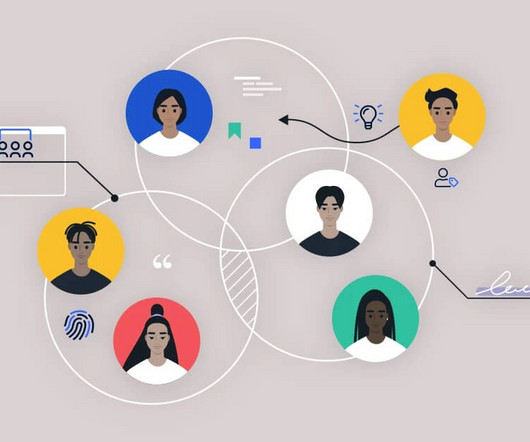Hotel forecasting: Methods for small hotels
Little Hotelier
MARCH 25, 2024
Once your hotel has an idea of demand, you can make tweaks to your room and service prices that help maximise revenue and occupancy. Outlier factors: How special events and unusual occurrences have historically affected demand (e.g. bad weather, surprise events or event cancellations).











Let's personalize your content